When it comes down to product features, there is no end to the options you can add to just about design. Your refrigerator doesn’t have to keep your drinks cold; it can also have a camera that lets you see what’s inside without opening the door or a wi-fi link that lets you see even when you’re not at home.
Product features are great and an important selling point for many customers, but they also have a downside. With every additional product feature, there’s also necessarily a price increase with manufacturing. Designing these features, testing them, and adding them to the product costs money. In addition to design/testing costs, there is a cost increase for the added parts and complexity in manufacturing.
Not all customers are willing to pay for a high-tech and flashy refrigerator when all they want is to perform a single, basic function.
Striking a balance between product cost and product features is difficult, but it can be done.
Take Time to Think out What a Feature Is to Your Customer
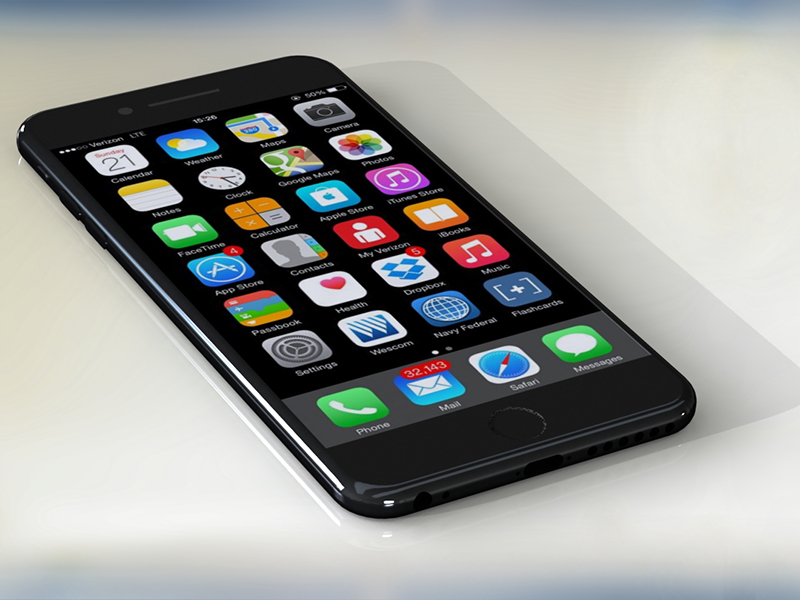
Your customers don’t necessarily care about the features you’ve added to the product. In the case of the iPhone 6, many customers weren’t even aware of a small switch on the side of the phone that let you set it to silent quickly and easily—until they accidentally switched it and couldn’t figure out why their phone was suddenly quiet.
It’s important to understand that customers only care about a product as far as it benefits them. Instead of asking yourself, the product design service, what sort of features you can add to a product, consider asking yourself what kind of benefits your product will bring them.
Do people drink a diet soda because of its incredible flavor? Of course not. They drink it because it tastes better than water, and they can enjoy it while feeling healthier than they would if they drank an ordinary soda. The benefit is in reducing calorie intake while still enjoying something similar to a favorite soda. It’s not in the spectacular flavor or the style of can that it comes in.
By paying attention to your customers and what they perceive the benefits of your product are, you can save time and money by focusing on the features that your customer cares about—and not including ones that they don’t.
See If New Features Can Be Added to a Solid Piece
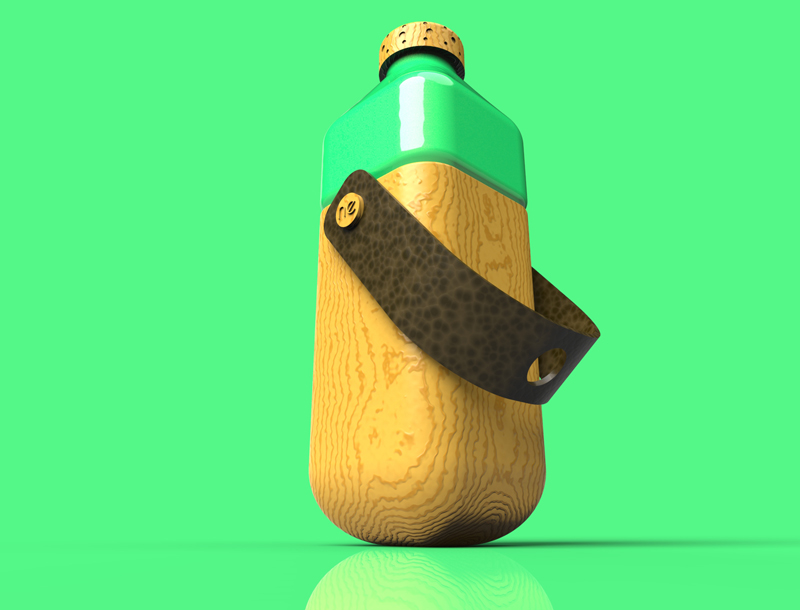
New features don’t always have to be expensive. A new piece of technology with all its microchips and tiny parts can raise the price of a product considerably, but a new feature doesn’t always have to be flashy. It can be as simple as a child lock, a pillbox, or a new ergonomic design for a water bottle.
When you are attempting to improve a new product with lots of great features, start by looking at ways you can improve your product while still keeping it a solid piece. It is cheaper to create a single, injection-molded piece compared to a bunch of small parts.
If you can make improvements to the mold itself, you are improving the product without making it more difficult to manufacture—which may mean the price stays the same.
A great example of this would be changing an office chair to be ergonomic. Changing the structure of the chair so it is more comfortable to sit in, and supports the back better, doesn’t require any extra parts but it does improve the comfort of the chair and add features to it.
Think Outside the Box
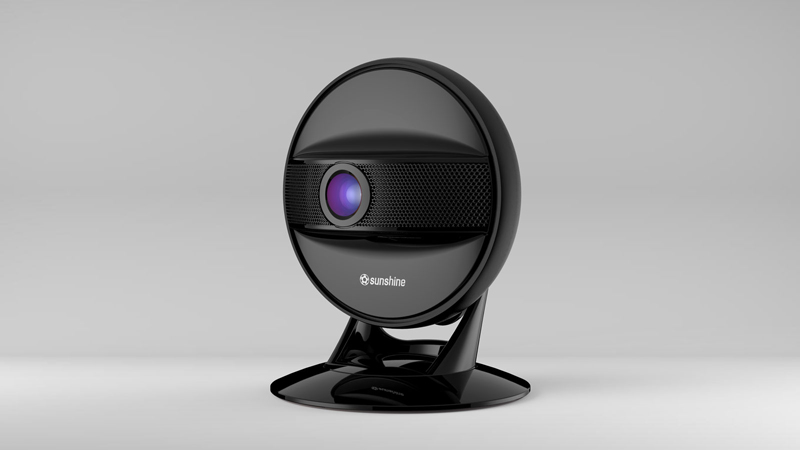
Sometimes adding features means thinking simply, rather than more complex. If your product is, for example, a video editor, having thousands of different features is exciting for a professional—less so if you’re a raw beginner. Having an option to switch to a straightforward version that gets the job done without being too confusing might be considered a feature for the beginner struggling to understand an extremely complex product.
Thinking outside the box isn’t always easy, but it can give you an edge over your competition. By sitting down and looking at your product at every possible angle, you may discover a new feature that doesn’t necessarily require a lot of work or cost to add in.
An example of this might be your exact same toy, but already assembled. Not having to go through the midnight frustration at Christmas of frantically trying to assemble products before your child wakes in the morning is one amazing feature most parents would be very excited about. A low-cost additional feature? Including the batteries.
Kano Model
If you’re having trouble trying to decide if a feature is worth adding or not, the Kano Model (Pronounced Kah-No) might be worth using in the approach to your product. The Kano Model helps you prioritize product features so that you can pack the most important ones first.
The Kano Model is a unique method of prioritizing features because it focuses on the customer first, in how they will react to the feature. The Kano Model weighs the joy a customer will find in the feature versus the cost it will take to add the feature in.
By using this method, you can remove features your customer won’t care about, or might even hate, and keep only the features that make your customer happy. Since you need your customer to be happy when they purchase your product, optimizing how much they like the product is obviously a sound approach.
In the Kano Model, features are divided up into three different categories. These categories include the basic features—what your product needs to function properly. Imagine a vehicle that meets only minimum safety requirements by law, and performs only the task of getting you from point A to point B. It works, but it may not be the most enjoyable ride.
The next category is “performance features.” These are features that have a direct correlation between cost and customer enjoyment. Think power windows and power locks. Customers know that they want them, and whether or not the car has these features are definitely taken into consideration when purchasing a car.
The final category is “excitement features.” These are features that are designed to excite and cause great happiness to the customer—but aren’t necessary. These features cause dramatic differences in how happy the user is, but of course, they do have their cost. An example of this might be a rear-seat DVD player or a top of the line GPS.
In the Kano Model, the consumer product design will divide the features up into these categories, and use things like customer surveys and other feedback to decide which features to include. By making the customers view your number one priority, you can avoid wasting time and money on features they don’t want or care about.
Buy a Feature
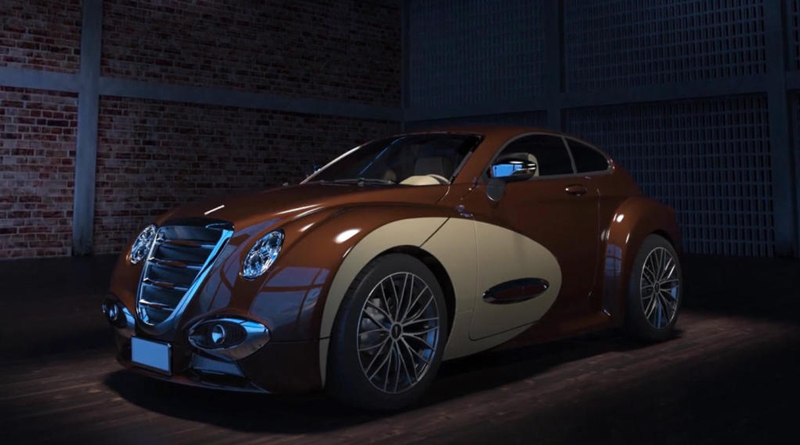
A fun way to quickly weigh whether the cost of developing a feature is worth implementing it is the “buy a feature” approach. In this approach, you can show a test group with a list of potential features for development. Each participant has a set amount of “money” to purchase features with. The features are priced in a way that reflects how expensive it would be to implement the feature in the product.
Customers can then buy features with their allotted money in any way they see fit. If they’re passionate about a certain feature, they can put all of their money into buying that one. If they like a few features, they can divide their money among the ones that are most important to them.
The “buy a feature” method is an easy and straightforward way of sorting out what features your test group cares about, in a way that balances the price of putting those features in.
Value Versus Complexity
Another way to help you balance cost versus features is to use the value versus complexity technique. In this method of weighing cost versus features, you’ll list every possible feature you could put in with the simplest and most cost-effective features at the top, and the most complex at the bottom.
When you’ve completed your evaluation, you can see clearly what features will be the simplest and most cost-effective to apply. If you’re limited on how many features you can afford to put into a product, this method will allow you to pack the most features at the best price.
The drawback to this method is that it doesn’t take into consideration what features your customers prefer, but using this method in combination with other methods can give you the greatest amount of balance.
Opportunity Scoring
If you’re trying to upgrade an existing product, opportunity scoring is another great method of deciding which features need to be looked at for change. Opportunity scoring asks customers which features are most important to them and how satisfied they are with the score.
In this case, you’ll be paying attention to what features score as most important, but least satisfying. Upgrading these features so they are more satisfying for your customers can be just as good as adding new features, and in a lot of ways better. You can help balance costs by getting rid of features that the majority of your customers report as least meaningful and least satisfying, eliminating unnecessary features.
Story Mapping
Story mapping is another technique many invention designers use to help develop features and help establish the minimum viable product. When working with consumers to figure out what they most want in a product, it can be challenging to discern what is most important to them.
Sorting through conflicting responses to figure out what most people are interested in can be difficult. That’s why methods such as opportunity scoring and buy a feature are so popular.
These ideas make it easier to tell what features are liked, what are disliked, and what needs improvement. Story mapping takes it a step further and helps you understand your customers thinking. By understanding their story thoroughly, you may be able to take it a step farther and give them a feature even better than they imagined.
Story mapping usually involves a wall, a bunch of sticky notes, and your entire team. Different product requirements and ideas are placed under those products’ main purpose. The idea is for features to branch off from the main one.
For example, if your product is a new app that allows a user to quickly check and see how healthy a product is based on scanning the UPC code, the main purpose of the product would go on top. Underneath it would be sub-features. Other parts that are not as important, but still interesting ideas.
With your whole team participating, you’ll be able to get the full power of your collective thinking, and, hopefully, come up with great ideas to make this product more amazing. Perhaps the app can act as a food diary as well, or give you additional health information. Maybe it can give you a healthier swap, such as a brand that is very similar but contains fewer calories or dyes.
You can use information from other forms of decision-making, such as the other feature versus cost balancing ideas above, to help you get a crystal-clear idea of where your product design should head.
Why Adding New Features While Still Being Cost Efficient Is Important
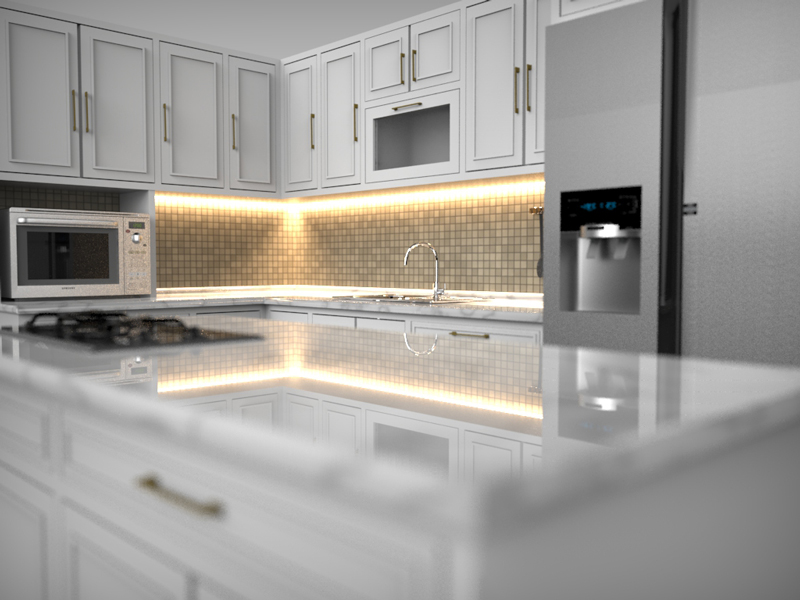
When your product is ordinarily meant to do only a specific thing, such as a microwave heating things up or a lamp giving you light, it may seem pointless to add more features. A product that has more features, however, will usually do better than ordinary products because they offer something different that stands out from the rest.
Customers like products that benefit them, and when they can see clearly how a product does something special compared to a similar product, they’ll be motivated to choose the feature-packed one over an ordinary one.
Additional features don’t have to be limited to products like appliances or high-tech gadgets. Even something as simple as a cheese grater can come packed with features that make it more enjoyable. A cheese graters job is to cut cheese, but what if you could plug a bowl into the bottom so that the cheese didn’t get all over the place when the grater was lifted up? What if that bowl came with a lid so the cheese could be stored without dirtying yet another dish?
Want to pack another feature on without very much cost? Print a measuring tool onto the side of that same cup so you can also tell how much cheese you’ve grated.
It might be just a cheese grater, but by thinking about the problems a customer typically comes across when using one and presenting a product with solutions, you can help increase sales and excite people over even the simplest of products.
While the cheese grater emphasizes how important it is to pack features into even ordinary items, balancing cost is also an important consideration. No matter how great a product is, if a customer thinks it costs too much for the perceived value, they’ll be less likely to buy it.
Have you ever tried to get a friend a gift card, only to find out the price for a folded-up piece of paper has risen to $6 because it has glitter? When you know that card is going to be glanced at and probably thrown away, most people choose to look for a cheaper card. In fact, many people are opting not to purchase cards due to the perceived value being so much less than the price tag is worth.
Today’s market is packed with products all vying for your customer’s attention. Even when you come up with a brand new idea, such as the first social media application or the first vacuuming bot, it won’t be long before there are dozens of brands competing with you.
While being the first gives you an edge, you’ll eventually need features in order to stay ahead of the competition. A thoughtfully designed product will still be popular a century later, even if there are lots of competitors vying for that same coveted slot.
This is why products such as the Pepsi company can endure for ages even though there are hundreds of other companies competing with them. A good product will still be a favorite long after inferior products have faded away.
Quick Tips for Prioritizing Features
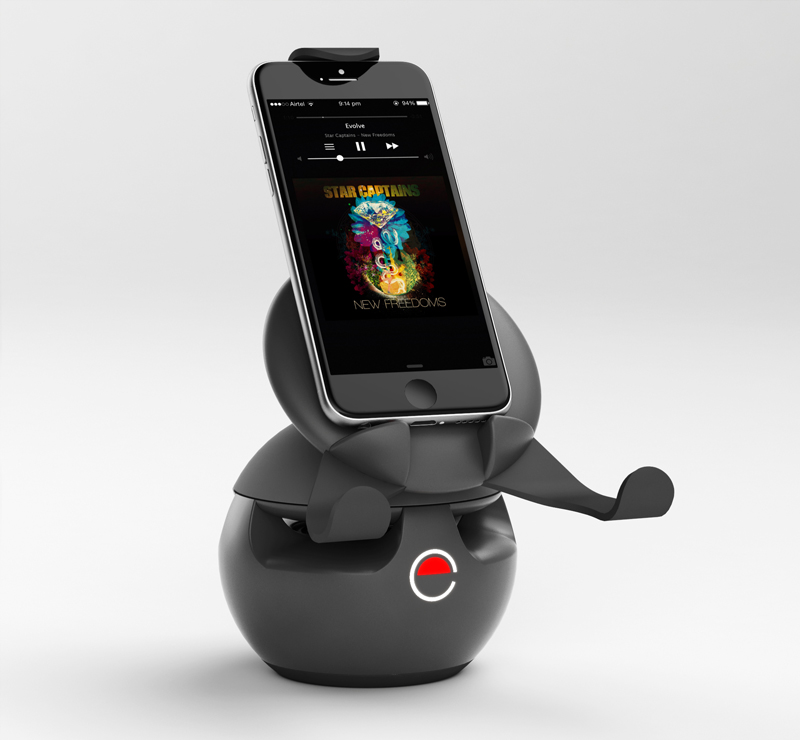
Even if you want a product that can do it all, there will come a time when either it is simply not cost-efficient to do so, or there are so many options customers feel overwhelmed. Striking a balance is critical not just for the company’s bottom line but also so that customers don’t end up confused. While the above methods of balance will give you great ways of sifting through ideas and coming up with the best balance, here are a few additional product design tips for balancing these ideas.
- Make it a team effort. Your team is the most essential part of your company. The people who know the product best of all are the people who work with it daily. By asking everyone what their thoughts are, you’ll get the clearest picture of which features are best—that means both customers and your entire team.
- Know the costs. Knowing how much the features you want to add cost will help play a role in deciding which ones get added. If a possible feature is out of this world expensive and you can pack five other better-liked features in for the same price, it may be worth cutting that one in order to make room for more affordable and better liked features. On the other hand, if the feature everyone wants is really expensive, there’s no point in keeping trivial ones around if they’re not what the customer wants. Knowing the cost can really help make these decisions easier.
- Keep your goals in mind. When making an adjustment to a product, it’s helpful to know what your goal is. Is the product unpopular but has a lot of potential? Boosting the features is a smart plan. Is it costing too much to be worthwhile? Trimming unwanted features will bring it back into balance. All these considerations will help when trying to create a fair product for everyone.
- Don’t make it about the competition. Your marketing team might be badgering you for dozens of new features because it is what the competition is doing, but that’s not the right way to go about designing a new feature. Thinking for yourself and coming up with your own design will help differentiate between your product and the masses.
- Don’t take the easy way out. The obvious answers aren’t always the best ones. Take the time to look at all the options and work hard to make sure the ideas you are using are the best ones. It may be harder in the beginning, but taking the harder route will pay off in the end, as fewer people will be attempting to think things through in the same way. You want to be the freelance concept designer of the product that makes others say, “I wish I thought of that!” and not simply copy what others are doing.
When you’re developing your product or updating an old one, the features are one of the biggest considerations you need to make. A product filled with eye-popping features and a price tag that is lower or on par with perceived value will delight your customers and attract new ones all at the same time.
When you’re trying to balance the features you offer with the cost of creating it, use these tips to help you get a good match. You may be surprised at how much you can do with a little creativity, and a thoughtfully made product.
Cad Crowd Has Skilled Product Design Freelancers
If you have an idea of a product with improved features, Cad Crowd’s product design freelancers can help you make that a reality. From small improvements to existing products to invention design help, Cad Crowd’s experienced and pre-vetted designers can take care of any step of your project.
Find out how it works or launch a design contest to have multiple designers present concept ideas that you can choose your favorite from.
